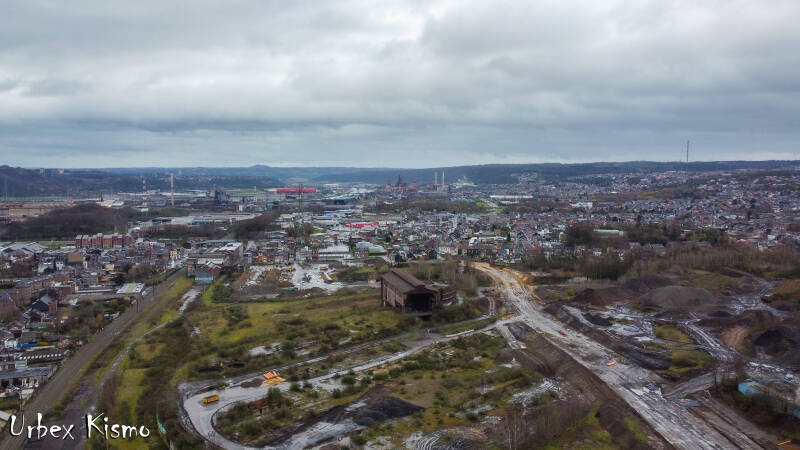HF6
The Power Station
Adjacent to the massive HF6 blast furnace stood the power station an industrial cathedral filled with pipes, control panels, and turbines. This facility supplied essential power for steel production, keeping the furnace running at full capacity.

The Power Station
The Outside of The Power Plant Station
The station's interior was a labyrinth of walkways, massive generators, and high-voltage lines. Each section served a precise function in distributing energy across the steel plant, reflecting the organized chaos of heavy industry.
The Outside of The Power Plant Station
The Narrow Control Room
One of the most photographed spots is the control room—rows of analog gauges, switches, and retro buttons frozen in time. This nerve center once monitored every amp, volt, and pressure level within the plant.
The Narrow Control Room
Turbines
The station converted steam generated from the blast furnace processes into usable electricity. Massive turbines lined the hall, echoing the sound of power production that once reverberated through these metal walls.
Turbines
The Blue Control Room
Since its closure, the power station has slowly decayed. Rust creeps over the machinery, moss covers the floor, and shattered windows let in shafts of eerie light a haunting tribute to lost industry.
The Blue Control Room
The Green Control Room
HF6, built in 1959 and demolished in 2016, was one of Belgium’s last great blast furnaces. The nearby power station was vital to its function, feeding it with the energy needed to melt iron and sustain production.
The Green Control Room
On Top of the Power Station
Urbex photographers are drawn to the symmetry and textures here peeling paint, heavy steel machinery, and dramatic shadows. The station tells a visual story of power, precision, and slow abandonment.
On Top of the Power Station
Trains
Trains
Other pictures
Before final shutdown, the station continued running for a brief period even after HF6 halted. It powered auxiliary operations and was one of the last areas to go dark before being left to time.




































































Create Your Own Website With JouwWeb